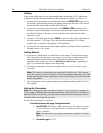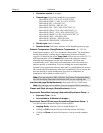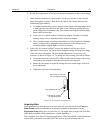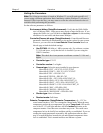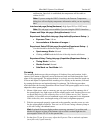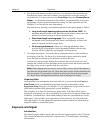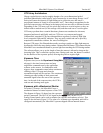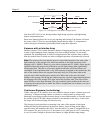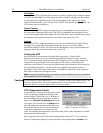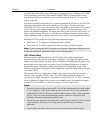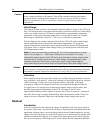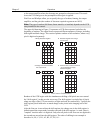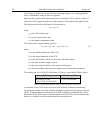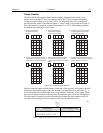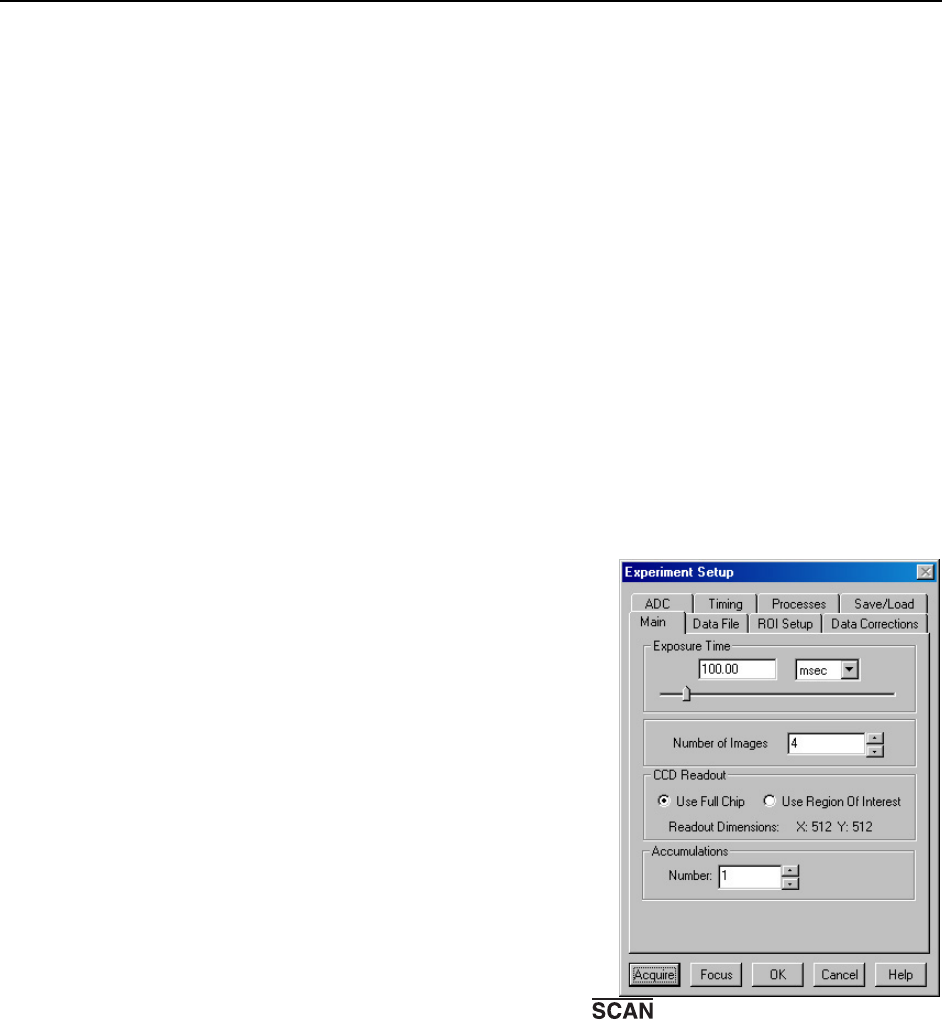
56 MicroMAX System User Manual Version 6.C
CCD Array Architecture
Charge coupled devices can be roughly thought of as a two-dimensional grid of
individual photodiodes (called pixels), each connected to its own charge storage “well.”
Each pixel senses the intensity of light falling on its collection area, and stores a
proportional amount of charge in its associated “well”. Once charge accumulates for the
specified exposure time, the charge in the image pixels are moved to a different location.
Depending on the CCD array type, the pixels are read out to a serial register or they are
shifted under a masked area (or into storage cells) and then read out to a serial register.
CCD arrays perform three essential functions: photons are transduced to electrons,
integrated and stored, and finally
read out. CCDs are very compact and rugged.
Unintensified, uncoated CCDs can withstand direct exposure to relatively high light
levels, magnetic fields and RF radiation. They are easily cooled and can be precisely
temperature controlled to within a few tens of millidegrees.
Because CCD arrays, like film and other media, are always sensitive to light, light must not
be allowed to fall on the array
during readout. Unintensified full-frame CCD cameras like the
MicroMAX use a mechanical shutter to prevent light from reaching the CCD during readout.
The software allows you to set the length of time the camera is allowed to integrate the
incoming light. This is called the exposure time. During each scan, the shutter is enabled
for the duration of the exposure period, allowing the pixels to register light.
Exposure Time
Exposure time (set on the Experiment Setup|Main
tab page) is the time between start and stop
acquisition commands sent by the application
software to the camera. In combination with
triggers, these commands control when continuous
cleaning of the CCD stops and when the
accumulated signal will be read out. The continuous
cleaning prevents buildup of dark current and
unwanted signal before the start of the exposure
time. At the end of the exposure time, the CCD is
read out and cleaning starts again.
Exposure with a Mechanical Shutter
For some CCD arrays, the MicroMAX uses a
mechanical shutter to control exposure of the CCD.
The diagram in
Figure 19 shows how the exposure
period is m
easured. The NOT SCAN signal at the
BNC on the ST-133
Analog/Control panel can be used to monitor the exposure and readout cycle (t
R
). This
signal is also shown in
Figure 19. The value of t
c
is shutter type dependent, and will be
configured automatically for MicroMAX systems shipped with an internal shutter.



